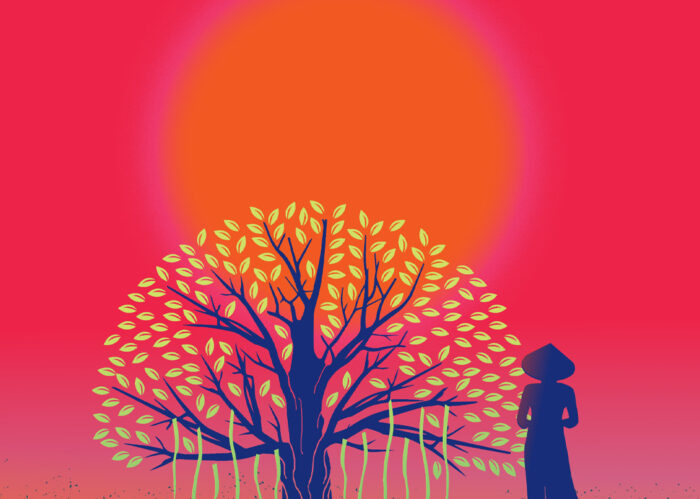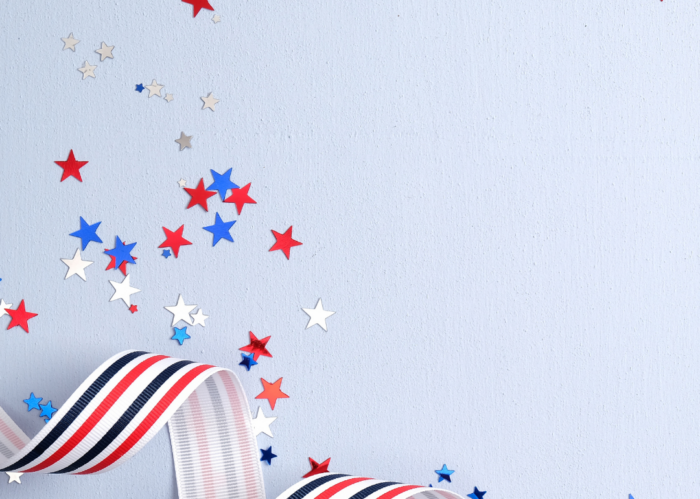Meet Lin Enger
 The BEA fun continues at Booth 839 with Friday’s signing with Lin Enger. Preview his upcoming novel and discover the family history that inspired it with this excerpt from his essay in the Algonquin Reader.
The BEA fun continues at Booth 839 with Friday’s signing with Lin Enger. Preview his upcoming novel and discover the family history that inspired it with this excerpt from his essay in the Algonquin Reader.
 The High Divide by Lin Enger (signing at 11am Friday): “In 1883 my great-grandfather, a Norwegian immigrant, arrived in Dakota Territory to homestead 160 acres of rolling prairie. A year later, according to family legend, the last wild buffalo east of the James River wandered onto the newly broken soil of his farm. He shot the animal behind his sod barn as it drank from the stock tank. Or so the story goes. Like nearly all of our family legends, this one has to be taken on faith (my ancestors were not given to writing things down), but as a boy I was more than willing to do so, and ever since, I have been fascinated by the American bison, which at one time roamed through most of the North American continent, sixty million strong. As I grew older, my romantic attachment to the buffalo – that ragged behemoth of the plains – grew more complicated, especially as I learned how its demise was connected to the destruction of the Indian tribes that wandered those lands and, consequently, to my own family’s American beginnings.
The High Divide by Lin Enger (signing at 11am Friday): “In 1883 my great-grandfather, a Norwegian immigrant, arrived in Dakota Territory to homestead 160 acres of rolling prairie. A year later, according to family legend, the last wild buffalo east of the James River wandered onto the newly broken soil of his farm. He shot the animal behind his sod barn as it drank from the stock tank. Or so the story goes. Like nearly all of our family legends, this one has to be taken on faith (my ancestors were not given to writing things down), but as a boy I was more than willing to do so, and ever since, I have been fascinated by the American bison, which at one time roamed through most of the North American continent, sixty million strong. As I grew older, my romantic attachment to the buffalo – that ragged behemoth of the plains – grew more complicated, especially as I learned how its demise was connected to the destruction of the Indian tribes that wandered those lands and, consequently, to my own family’s American beginnings.
“One story in particular took hold of me.
“In 1886, it came to the attention of William Temple Hornaday, curator of the National Museum in Washington, D.C. – now called the Smithsonian Institution – that in his natural history collection he had no specimens of the American bison that were not rotting or flea-ridden. He knew that the bison, having been decimated by commercial hunters was well on its way to extinction but decide to organize an expedition west to kill as many of animals as he could find in order to stuff them and preserve their memory for posterity. The irony of this task wasn’t lost on Hornaday: “Under different circumstances,” he wrote, “nothing could have induced me to engage in such a mean, cruel, and utterly heartless enterprise.” And in fact he would be instrumental during the next years in persuading Congress to protect the bison. But that fall he led the hunt himself, trekking into eastern Montana – into the high country between the Missouri and Yellowstone Rivers – and managing to bring back to Washington, D.C., enough bones and hides to create the bison panorama that would stand on display until 1957. (The large bull that he shot himself would come to serve as the model used by the United States Mint for the buffalo nickel, first issued in 1913.)
“I came across an account of the Hornaday hunt some fifteen or twenty years ago and knew immediately I would write about it. As a novelist, though, I’m interested less in exploring events themselves than in using them for my own purposes, and for a long time I didn’t know what that purpose would be. Hornaday himself was a fascinating, paradoxical figure – a forward-thinking conservationist who was strangely unmoved by the atrocities committed against Native Americans in the name of progress. He understood what bison meant to the plains tribes, which depended on the wandering herds for their sustenance, but his concern for the vanishing animal did not extend to a vanishing people. And yet I found myself unable to gain a foothold in his story until another, unrelated notion came to my rescue. For some time I had been thinking of writing a novel about a boy who sets off in search of his missing father. I had only that bare scenario – no setting, no characters, nothing else at all – but one day, out of the blue, it struck me that I could use this basic plotline to explore the ideas that Hornaday and his expedition represented to me.”
Click here to read the rest of Lin’s essay.
-
Overall Score
Reader Rating: 0 Votes



